Turtles stand among the most ancient reptiles on our planet, fascinating humans with their methodical pace and distinctive appearance. When considering a turtle as a pet, many prospective owners are drawn to their reputation for longevity. But just how long can these remarkable creatures actually survive in captivity? The answer varies dramatically depending on species, care quality, and environmental conditions. While wild turtles face predators and harsh conditions, captive turtles theoretically could outlive their owners—sometimes by decades. This article explores the reality of turtle lifespans in captivity, factors that influence their longevity, and what potential owners should understand before committing to these fascinating, long-lived companions.
The Natural Lifespan of Different Turtle Species
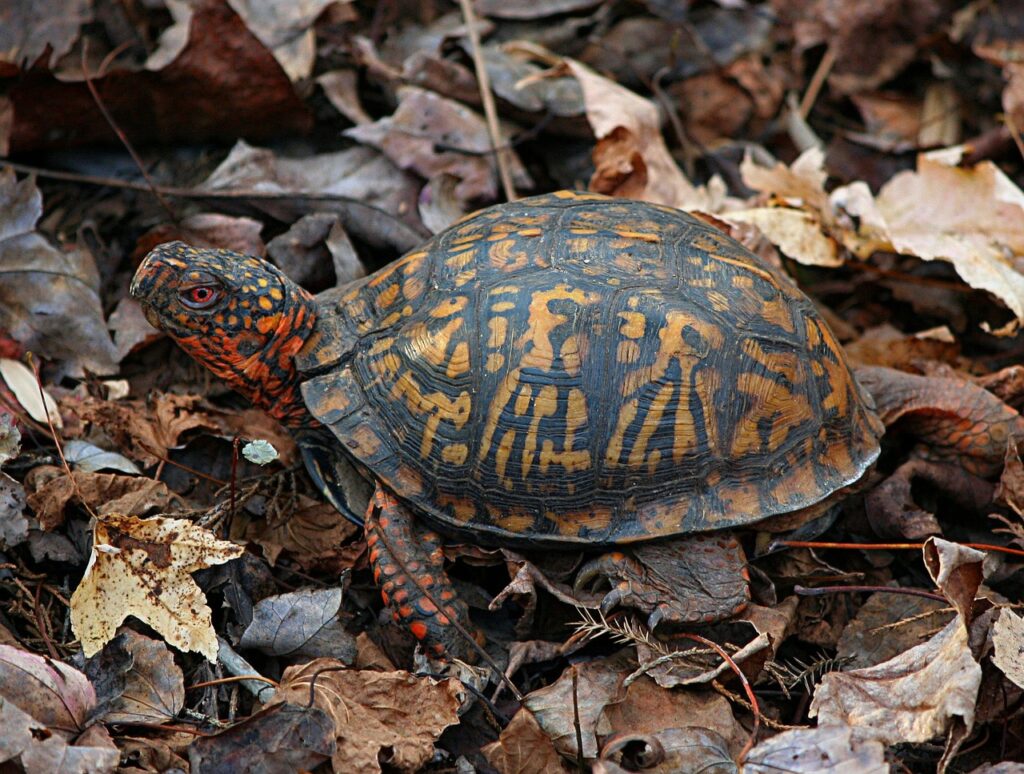
Different turtle species have dramatically different natural lifespans, a crucial consideration when choosing a pet turtle. Common pet species like Red-Eared Sliders typically live 20-30 years in captivity with proper care, while Box Turtles can survive 30-40 years or more. Russian Tortoises frequently reach 40+ years, and the Aldabra Giant Tortoise can live a staggering 100+ years, potentially outliving multiple generations of human caretakers. Smaller aquatic species tend to have shorter lifespans than their terrestrial tortoise cousins, with Musk Turtles averaging 15-20 years and Painted Turtles reaching 25-30 years. These natural lifespan variations mean potential turtle owners should select a species compatible with their long-term lifestyle plans and care capabilities.
Captivity vs. Wild: How Environment Affects Longevity
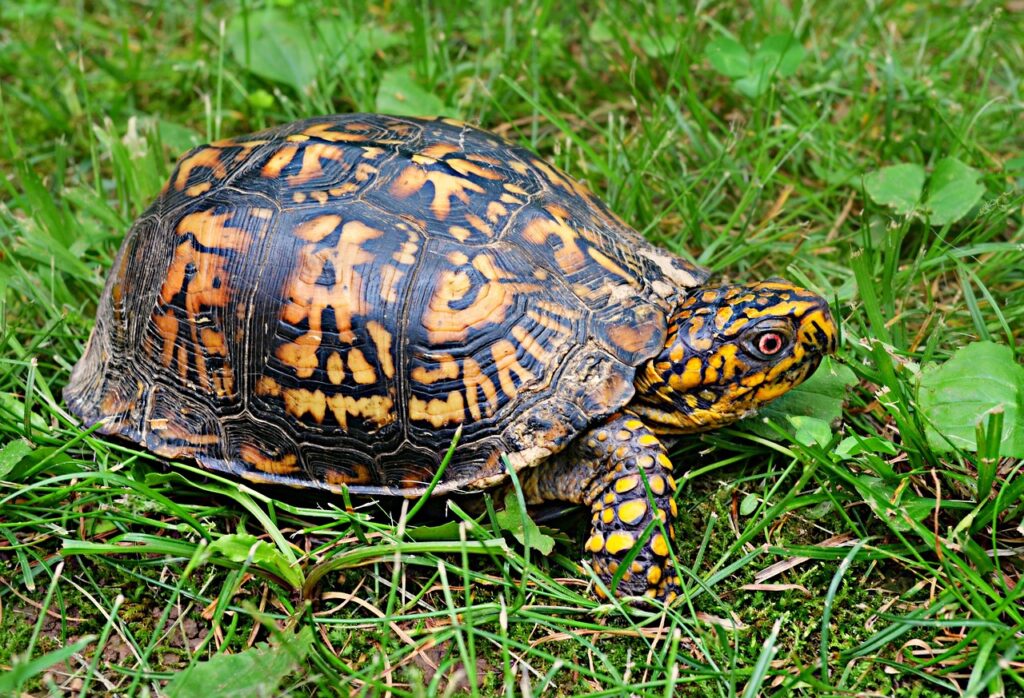
In the wild, turtles face numerous threats that captive specimens are sheltered from, including predation, extreme weather, habitat destruction, and resource competition. Consequently, well-cared-for captive turtles often outlive their wild counterparts by significant margins, sometimes doubling their expected natural lifespan. However, captivity introduces its own challenges, including restricted movement, artificial diets, and the potential for suboptimal housing conditions that can negatively impact longevity.
Well-maintained captive environments offer consistent temperatures, regular feeding, and veterinary care—advantages wild turtles don’t experience. The captive-wild lifespan disparity varies significantly between species, with some highly adaptable turtles thriving in captivity while others struggle to adjust, resulting in shortened lifespans compared to their wild potential.
Nutrition’s Critical Role in Turtle Longevity
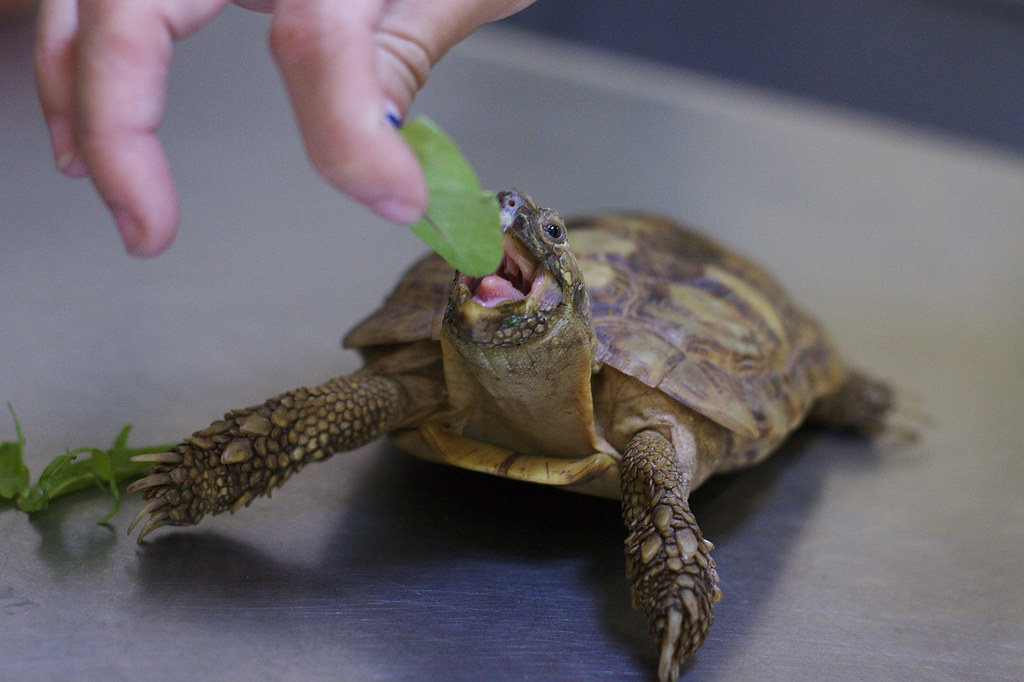
Proper nutrition stands as perhaps the single most important factor determining a captive turtle’s lifespan. Many health issues in captive turtles trace directly back to dietary deficiencies or imbalances, including metabolic bone disease, shell deformities, and organ failure. Aquatic turtles generally require a protein-rich diet when young that gradually shifts toward more plant matter as they age, while most tortoises need primarily plant-based diets rich in fiber and calcium.
Commercial turtle foods can provide a foundation, but should be supplemented with fresh vegetables, occasional fruits, and appropriate protein sources depending on the species. Calcium supplementation is crucial for shell and bone development, particularly when combined with proper UVB lighting that enables vitamin D synthesis. Overfeeding represents another common nutritional pitfall, leading to obesity, liver disease, and shortened lifespans in otherwise well-cared-for turtles.
Housing Requirements for Maximum Lifespan
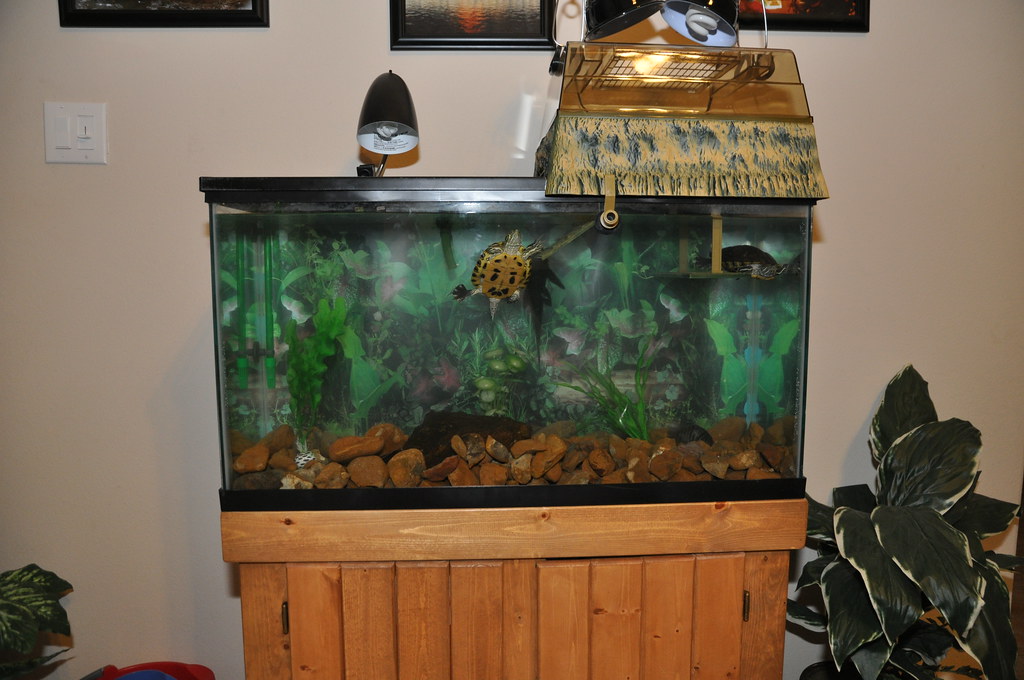
Proper housing significantly impacts a turtle’s potential lifespan, with inadequate enclosures leading to stress, disease, and premature death. Aquatic species require tanks sized appropriately for their adult dimensions—a common rule suggests ten gallons of water per inch of shell length at minimum. These setups must include efficient filtration systems, proper water temperatures, basking areas with UVB lighting, and sufficient swimming space.
Terrestrial species need secure enclosures with appropriate substrate, temperature gradients, hiding spots, and space for natural behaviors like digging and exploring. All turtle habitats should provide temperature gradients allowing the animal to thermoregulate naturally, moving between warmer and cooler areas as needed. Outdoor enclosures can benefit many species during appropriate weather conditions, providing natural sunlight, increased exercise opportunities, and environmental enrichment that contributes to longer, healthier lives.
The Impact of Temperature and Lighting on Turtle Health

Temperature regulation and proper lighting play fundamental roles in turtle health and longevity, affecting everything from metabolism and digestion to immune function and activity levels. Most turtle species require specific temperature ranges to thrive, typically including a warm basking area (85-95°F for many species) and cooler retreat areas. Improper temperatures can lead to respiratory infections, digestive issues, and compromised immune systems that shorten lifespan.
UVB lighting is equally crucial, as it enables turtles to synthesize vitamin D3 necessary for calcium metabolism and shell health. Without adequate UVB exposure, turtles develop metabolic bone disease regardless of dietary calcium supplementation, resulting in deformed shells, weakened immune systems, and significantly reduced lifespans. Proper day/night cycles also matter, with most species benefiting from approximately 12 hours of light followed by a period of darkness that allows proper rest and hormone regulation.
Common Health Issues That Reduce Captive Lifespan
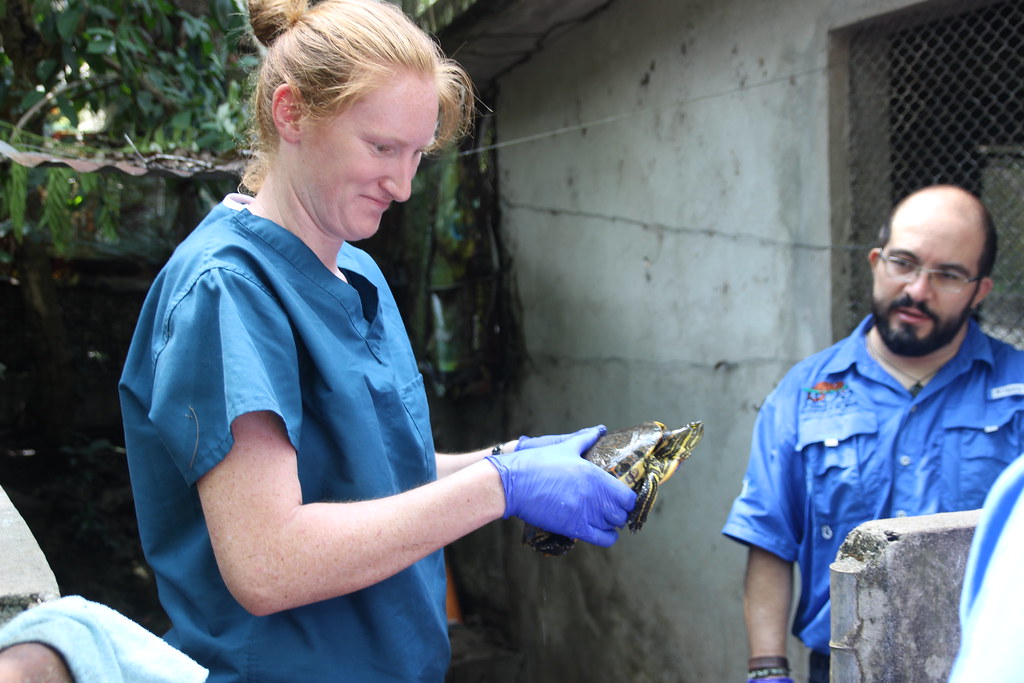
Several health conditions commonly afflict captive turtles, potentially reducing their lifespans substantially when left untreated. Respiratory infections rank among the most frequent ailments, often resulting from inadequate temperatures or poor water quality and manifesting as wheezing, nasal discharge, and lethargy. Shell rot and other bacterial infections can develop when turtles live in unsanitary conditions, potentially leading to permanent shell damage or systemic infection if not promptly addressed.
Parasitic infections affect many captive turtles, with symptoms including weight loss, diarrhea, and declining activity levels that gradually impact overall health. Vitamin A deficiency commonly occurs in turtles fed imbalanced diets, causing swollen eyes, skin problems, and eventually serious complications. Metabolic bone disease represents perhaps the most devastating preventable condition, resulting from insufficient calcium, vitamin D3, or UVB exposure and causing permanently deformed shells, paralysis, and often premature death despite being entirely preventable with proper husbandry.
Veterinary Care and Its Effect on Longevity
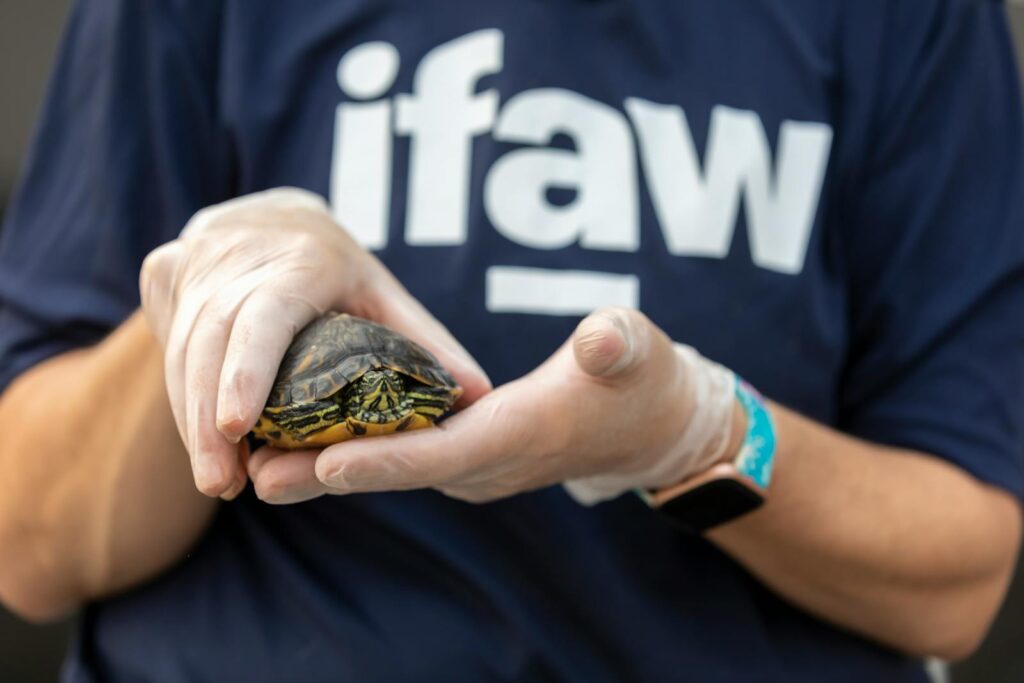
Regular veterinary care significantly extends captive turtle lifespans, though many owners unfortunately neglect this aspect of turtle keeping. Annual wellness examinations allow early detection of health issues before they become life-threatening, with specialized reptile veterinarians evaluating weight, shell condition, internal organ function, and checking for parasites or infections. Establishing a baseline of normal health parameters helps veterinarians identify concerning changes during subsequent visits. Preventative care includes parasite screening, nutritional assessments, and husbandry evaluations that can identify and correct potential problems before they impact longevity.
Many turtle species mask illness until conditions become advanced, making professional evaluation particularly important despite the apparent hardiness of these animals. Finding a veterinarian with specific reptile experience represents a crucial step for turtle owners committed to maximizing their pet’s potential lifespan, as general practice veterinarians may lack the specialized knowledge necessary for proper turtle healthcare.
Genetic Factors and Breeding Considerations
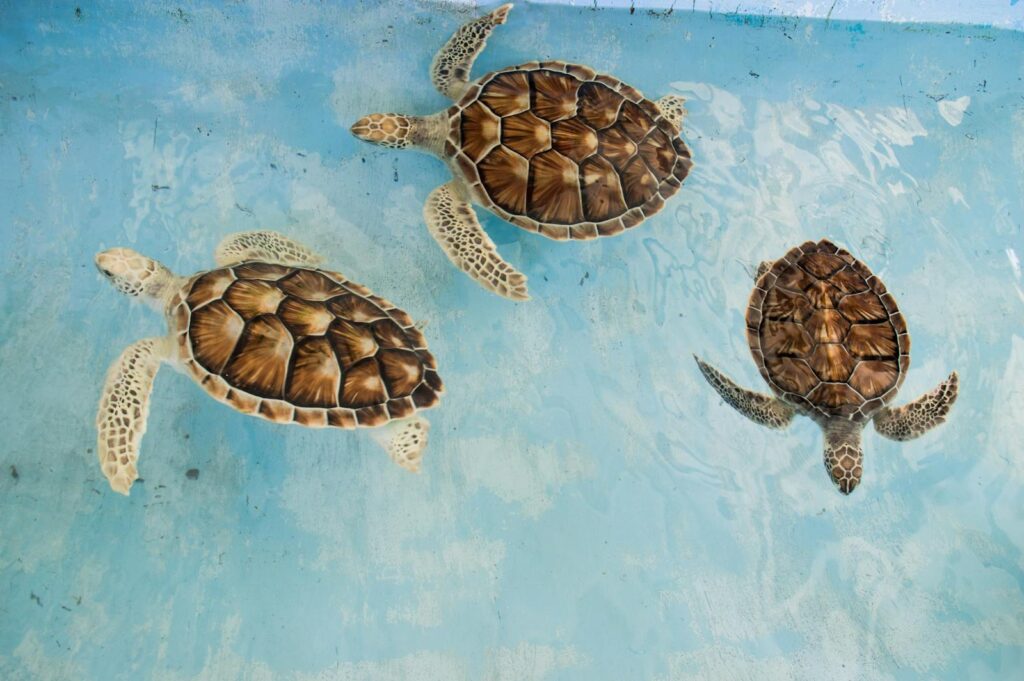
Genetics play a significant though often overlooked role in determining captive turtle lifespans. Turtles from healthy, genetically diverse bloodlines typically demonstrate greater resistance to disease and developmental problems than those from heavily inbred populations or questionable sources. Wild-caught specimens sometimes carry genetic adaptations to their native environments that affect their ability to thrive in captivity, potentially resulting in shorter lifespans despite adequate care.
Captive breeding programs focusing on longevity rather than just appearance or size have emerged in recent years, selecting breeding stock from particularly long-lived lines. Certain turtle subspecies and geographic variants naturally possess longer average lifespans than others within the same species, a consideration for owners seeking particularly long-lived companions. Responsible breeders maintain detailed records of lineage and longevity that can help predict the potential lifespan of offspring, though environmental factors ultimately remain more influential than genetics for most captive turtles.
Stress Factors That Shorten Turtle Lives
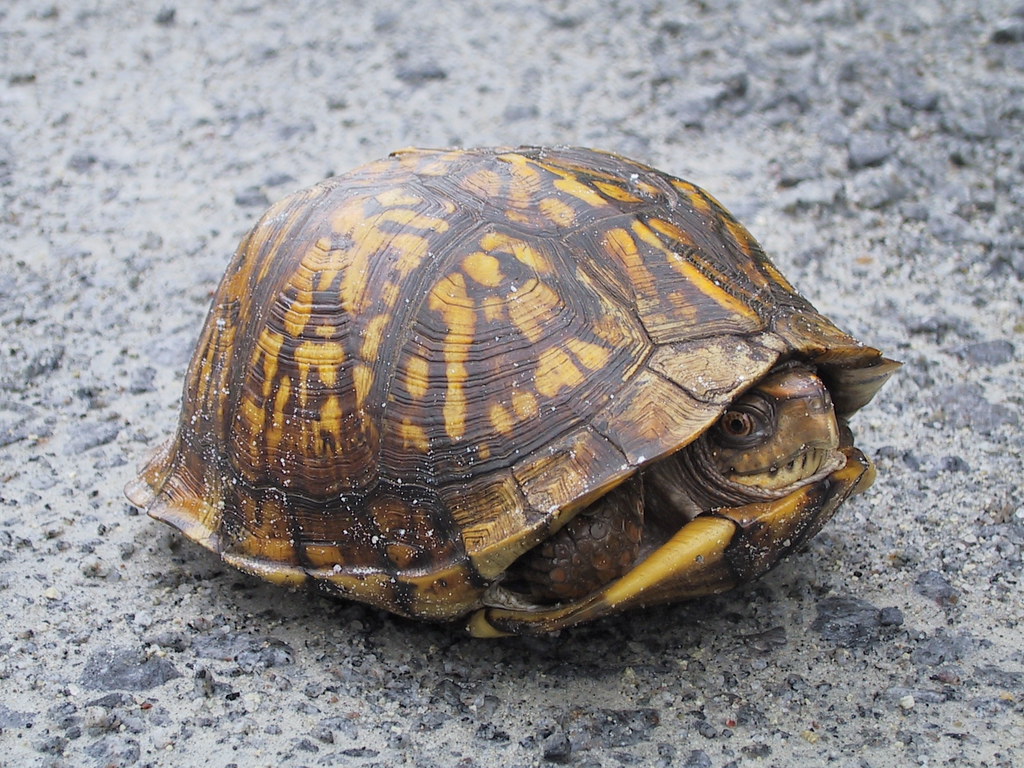
Chronic stress significantly impacts turtle longevity, triggering physiological responses that suppress immune function and accelerate aging processes. Common stress triggers include overcrowded conditions, incompatible tankmates, excessive handling, and inconsistent care routines that prevent turtles from establishing comfort in their environment. Insufficient hiding places or exposed enclosures can create constant stress for these naturally cautious animals, who evolutionarily respond to perceived threats by entering a heightened state of alertness. Frequent enclosure changes, household disruptions, or exposure to potential predators (including household pets) create unpredictable environments that many turtle species struggle to adapt to.
Visual barriers within enclosures, consistent routines, appropriate social groupings, and minimizing unnecessary handling all contribute to stress reduction and consequently extended lifespans. Recognizing stress indicators—including reduced appetite, excessive hiding, aggression, and abnormal swimming or basking patterns—allows owners to address environmental stressors before they impact long-term health.
Record-Breaking Captive Turtle Lifespans
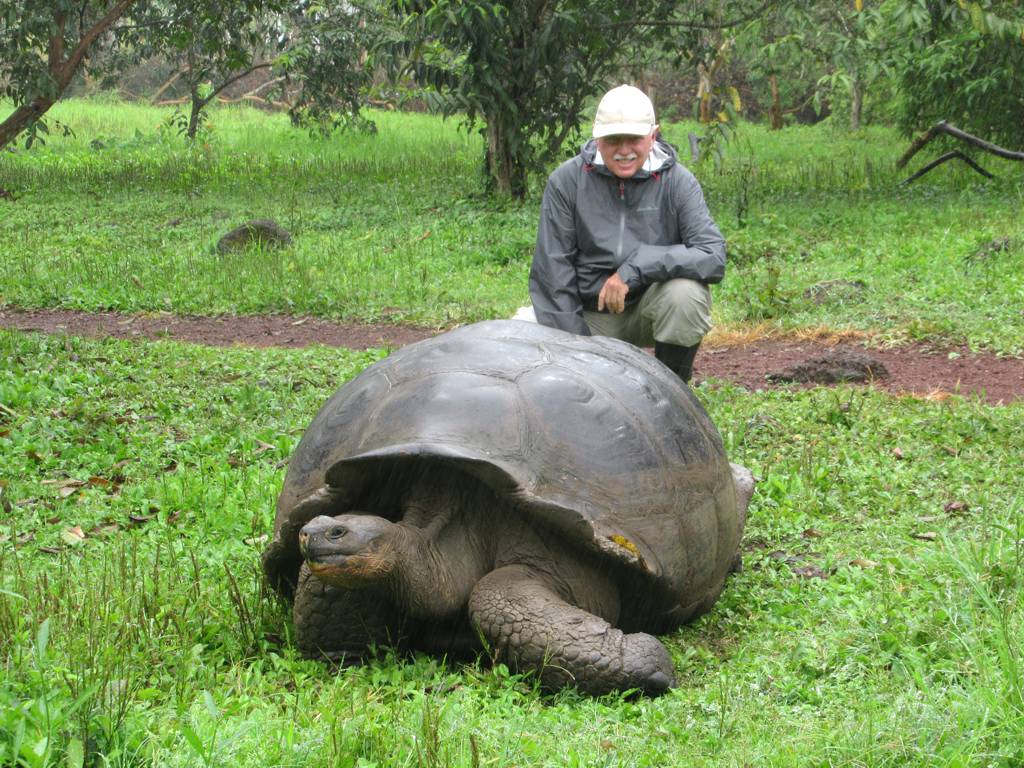
Several well-documented cases of exceptional turtle longevity demonstrate the remarkable potential these animals possess under optimal conditions. Perhaps most famous is Tu’i Malila, a radiated tortoise gifted to the Tongan royal family by Captain James Cook in 1777 that reportedly lived to the age of 188 years. Adwaita, an Aldabra giant tortoise from the Kolkata Zoo, was believed to be approximately 255 years old at his death in 2006, having been brought to India in the 18th century. More recently, Jonathan, a Seychelles giant tortoise living on the island of Saint Helena, celebrated his 190th birthday in 2022 and continues to thrive despite being partially blind from cataracts.
Among smaller species, a common snapping turtle named Thunder at the Newport Aquarium lived over 100 years, far exceeding the typical 30-50 year lifespan expected for this species. These exceptional cases typically involve tortoises rather than aquatic turtles, though both groups have demonstrated remarkable longevity under consistent, appropriate care.
Preparing for Long-Term Turtle Ownership
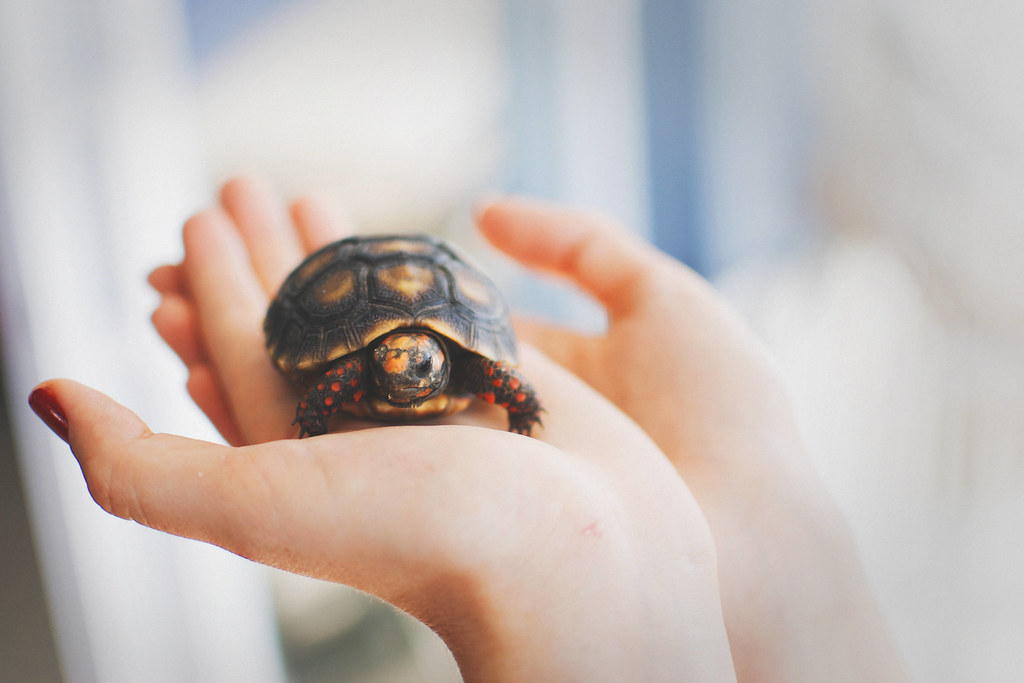
Responsible turtle ownership requires preparation for their potential decades-long lifespan, including considerations many prospective owners overlook. Financial planning should account for ongoing expenses spanning decades—habitat maintenance, food, electricity for heating and lighting, veterinary care, and occasional equipment replacement can total thousands of dollars over a turtle’s lifetime. Owners should establish contingency plans for the turtle’s care during extended absences, emergencies, or if the owner becomes unable to provide care due to changing life circumstances.
Estate planning represents another crucial consideration, as many turtle species will outlive their owners, necessitating arrangements for continued care. Documentation of the turtle’s history, preferences, and care requirements helps ensure consistent husbandry if responsibility transfers to new caretakers. Owners should also research legal considerations in their region, as some jurisdictions restrict turtle ownership or have specific requirements for exotic pets, potentially complicating long-term care arrangements or relocations.
Ethical Considerations of Keeping Long-Lived Reptiles
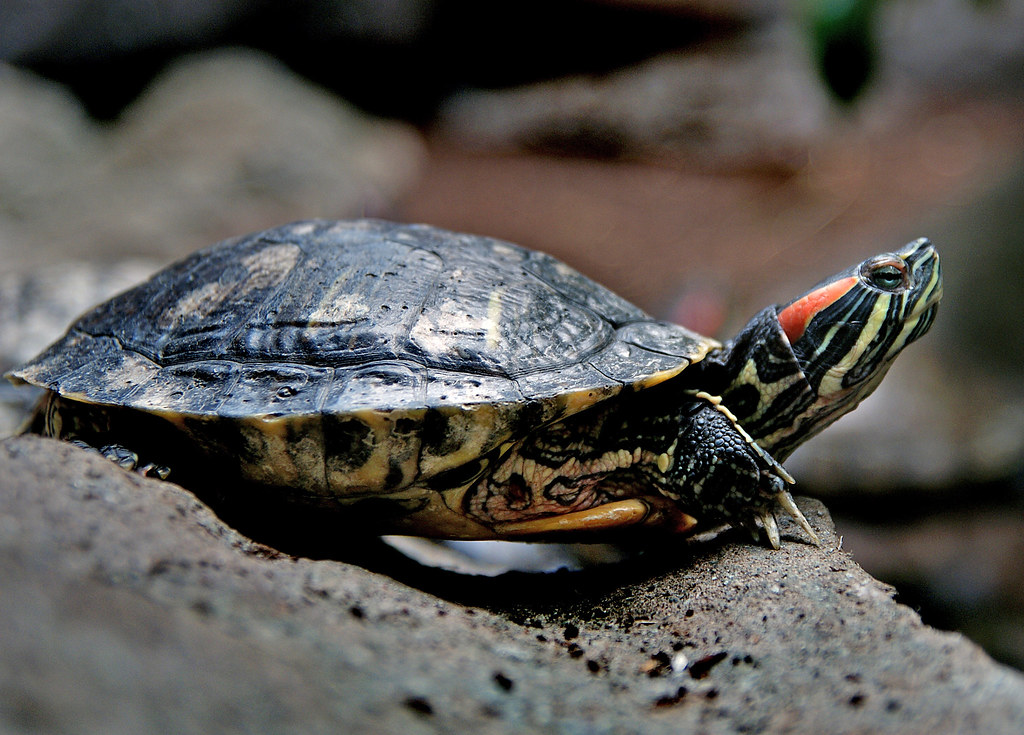
The extraordinary longevity of many turtle species raises important ethical questions that responsible keepers must confront. Acquiring an animal that may live 50, 80, or even 100+ years represents a multigenerational commitment extending far beyond most other pet relationships. This extended commitment requires honest assessment of one’s ability to provide appropriate lifelong care or to arrange suitable alternative care as circumstances change. The environmental impact of the turtle trade raises additional ethical concerns, particularly regarding wild-caught specimens that may have been removed from already threatened wild populations.
Many conservation organizations encourage adopting surrendered or rehomed turtles rather than purchasing new specimens, addressing both the problem of abandoned turtles and reducing demand for wild collection. Potential owners should also consider whether their living situation will remain suitable for decades, as frequent relocations or housing changes can create significant stress for these creatures that naturally establish long-term territories.
The Role of Environmental Enrichment in Extending Lifespans
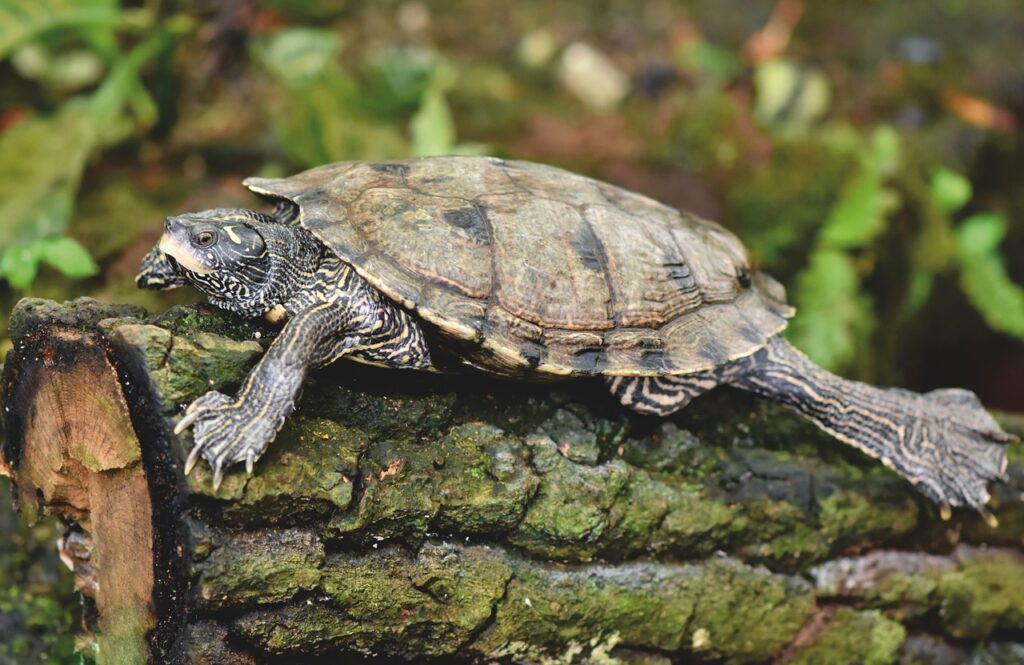
Environmental enrichment—providing stimulating, variable environments that encourage natural behaviors—significantly impacts captive turtle longevity by reducing stress, promoting physical activity, and preventing the psychological deterioration often seen in animals kept in sterile, unchanging conditions. Naturalistic enclosures with varied topography, multiple substrate types, live plants, and regularly rotated novel objects stimulate exploratory behaviors and cognitive engagement.
Aquatic turtles benefit from complex underwater environments featuring varied swimming depths, current generators, and structural elements that create a more challenging and engaging habitat. Feeding enrichment, such as occasional live foods (where appropriate), scattered feeding, or foods presented in puzzle formats, encourages natural foraging behaviors and prevents the lethargy associated with routine feeding methods. Social enrichment through appropriate companionship for social species (or visual barriers for more solitary ones) addresses psychological needs that impact overall health and immune function. Studies in zoological settings consistently demonstrate that environmentally enriched reptiles show reduced stress markers, more natural behavior patterns, and often extended lifespans compared to those in minimal environments.
The potential lifespan of captive turtles varies tremendously based on species, care quality, and environmental factors. While some species may live only 15-20 years, others routinely survive for 50-100+ years when provided optimal conditions. This remarkable longevity represents both the appeal and the challenge of turtle ownership—these aren’t temporary pets but rather lifetime companions that may even outlive their keepers. Prospective turtle owners should approach this commitment with careful consideration, selecting species appropriate for their long-term capabilities and preparing for decades of specialized care. For those ready to make this extraordinary commitment, turtles offer the remarkable opportunity to share life with an ancient lineage of animals that connect us to prehistoric times while providing their own unique form of companionship. With proper care, respect for their specific needs, and preparation for their potential longevity, captive turtles can thrive for decades, rewarding dedicated owners with one of the animal kingdom’s most enduring relationships.


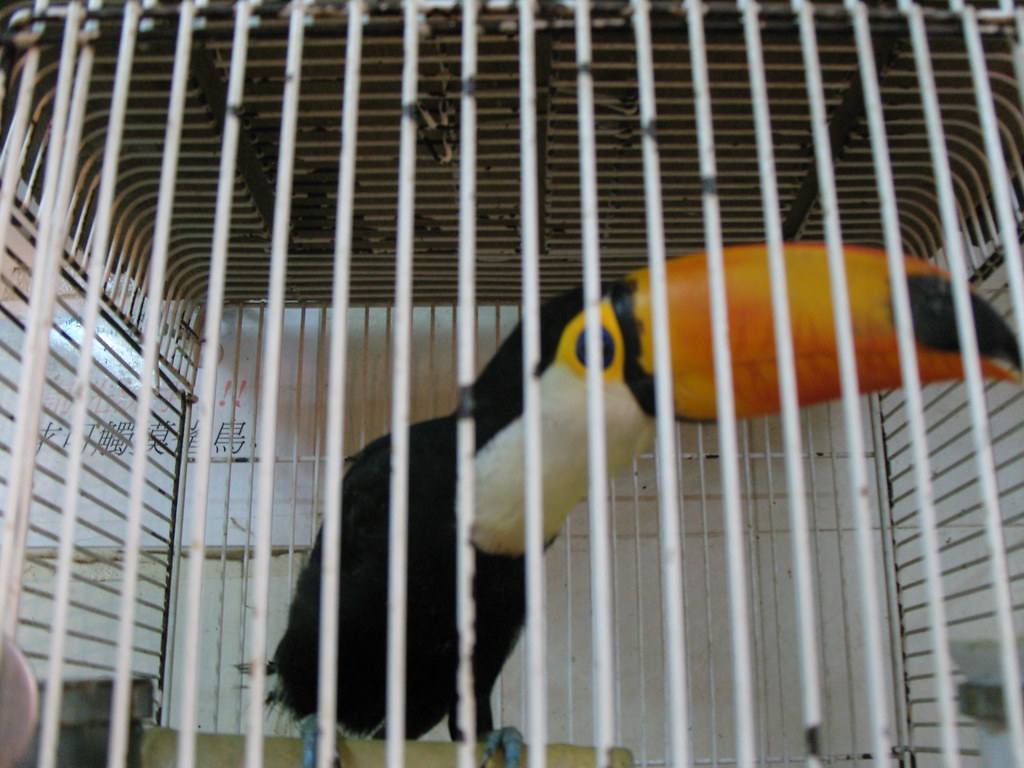
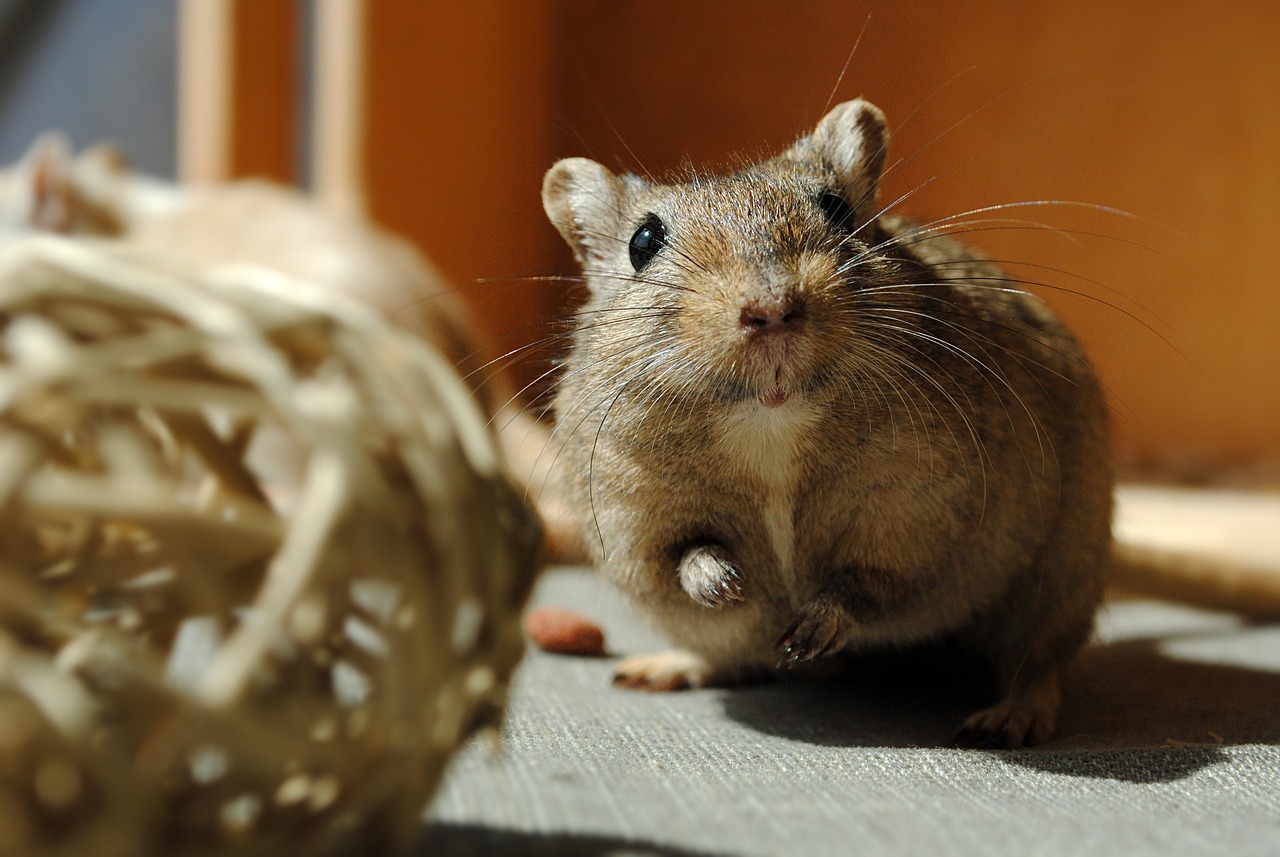

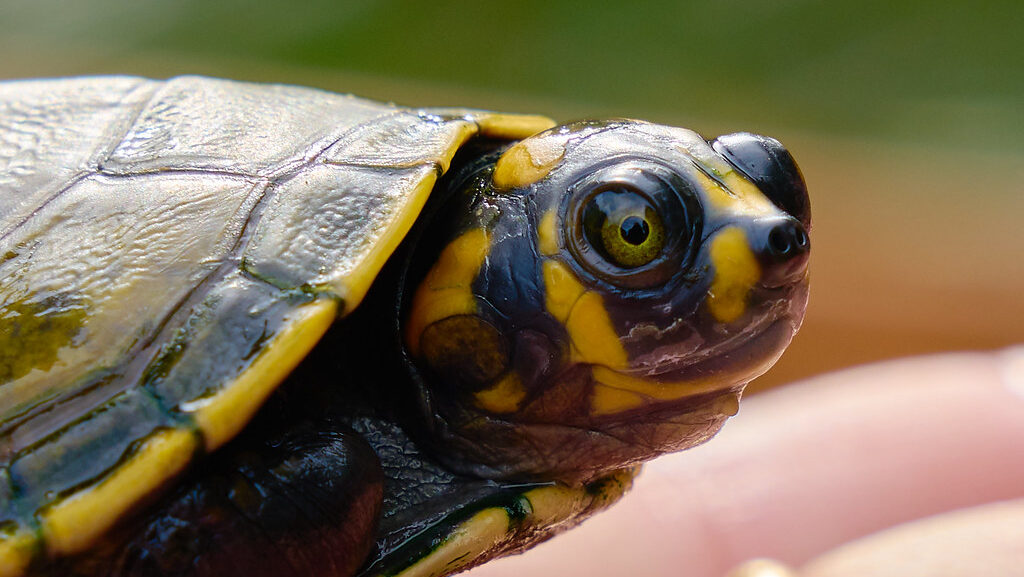
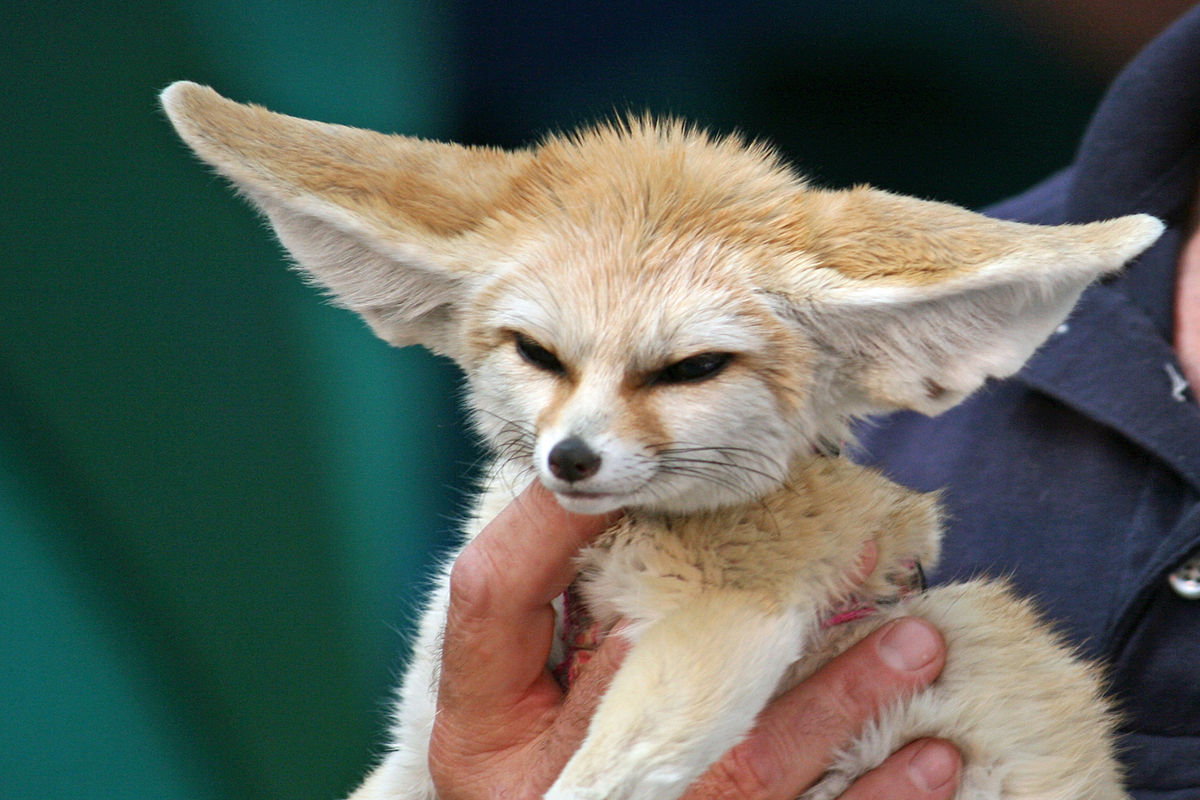
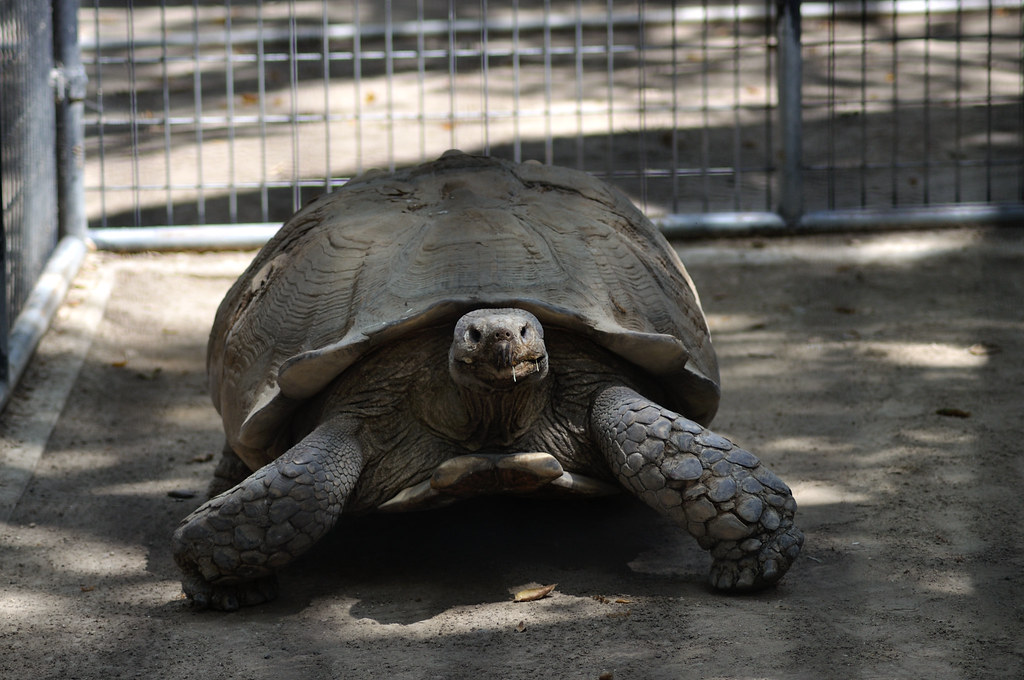
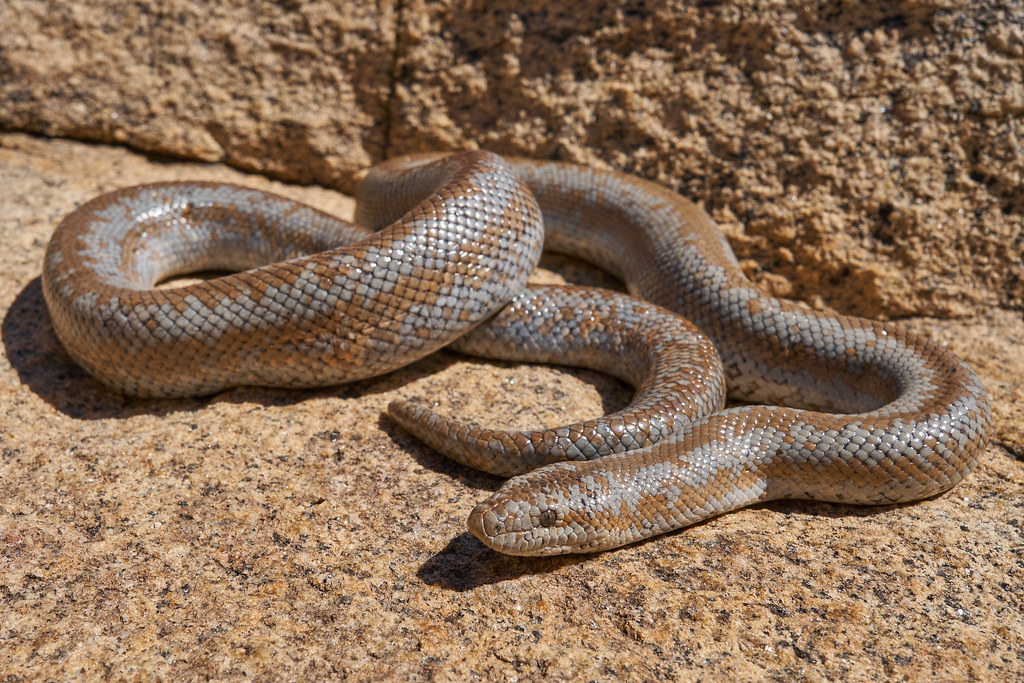
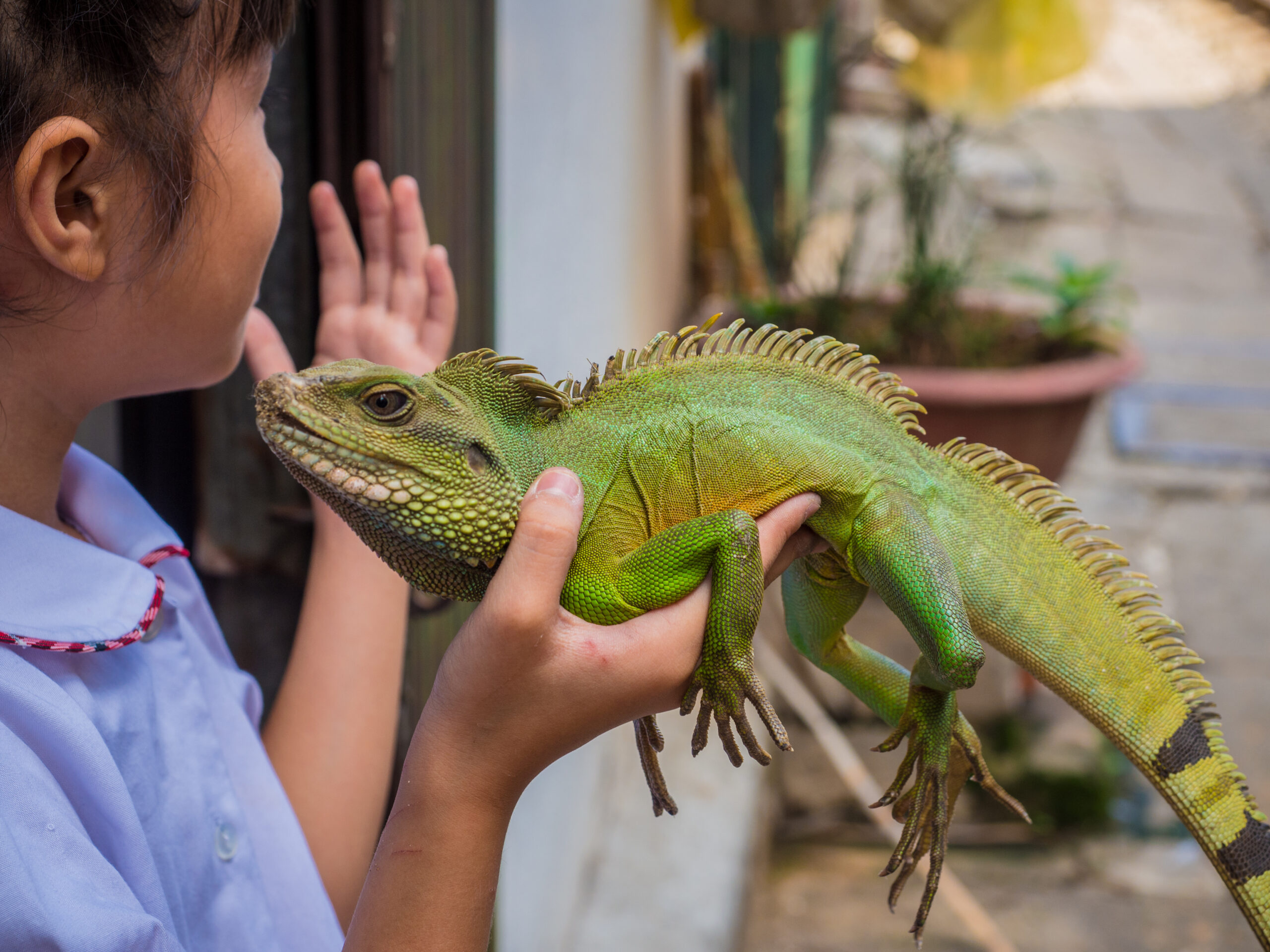
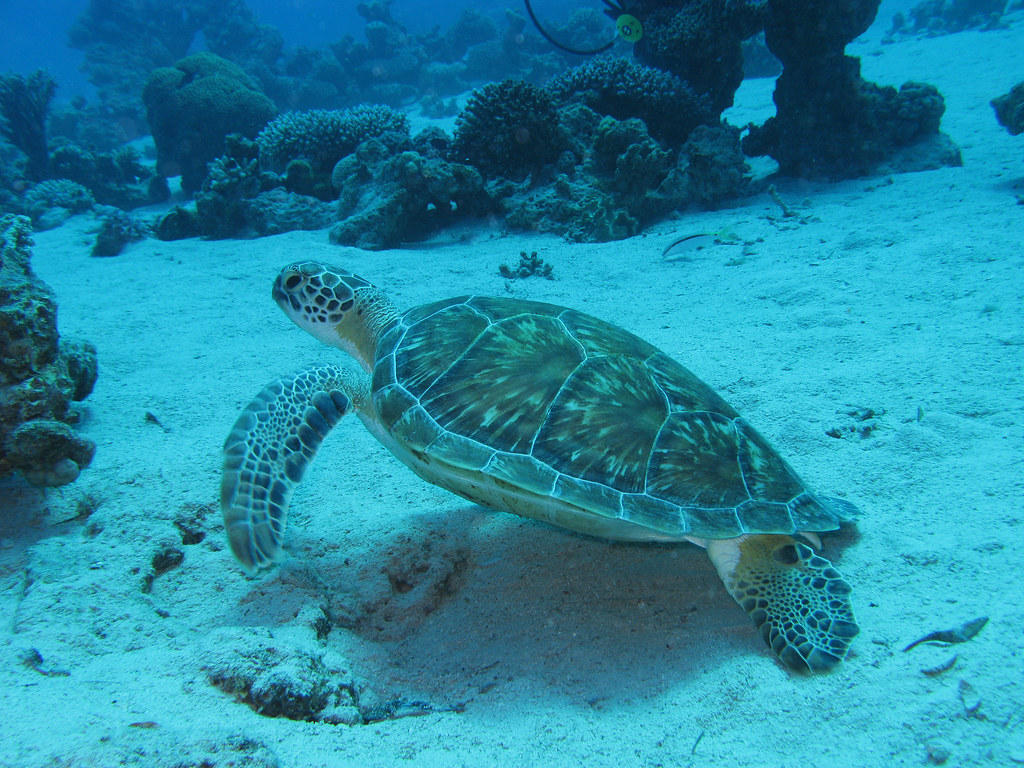




Leave a Reply